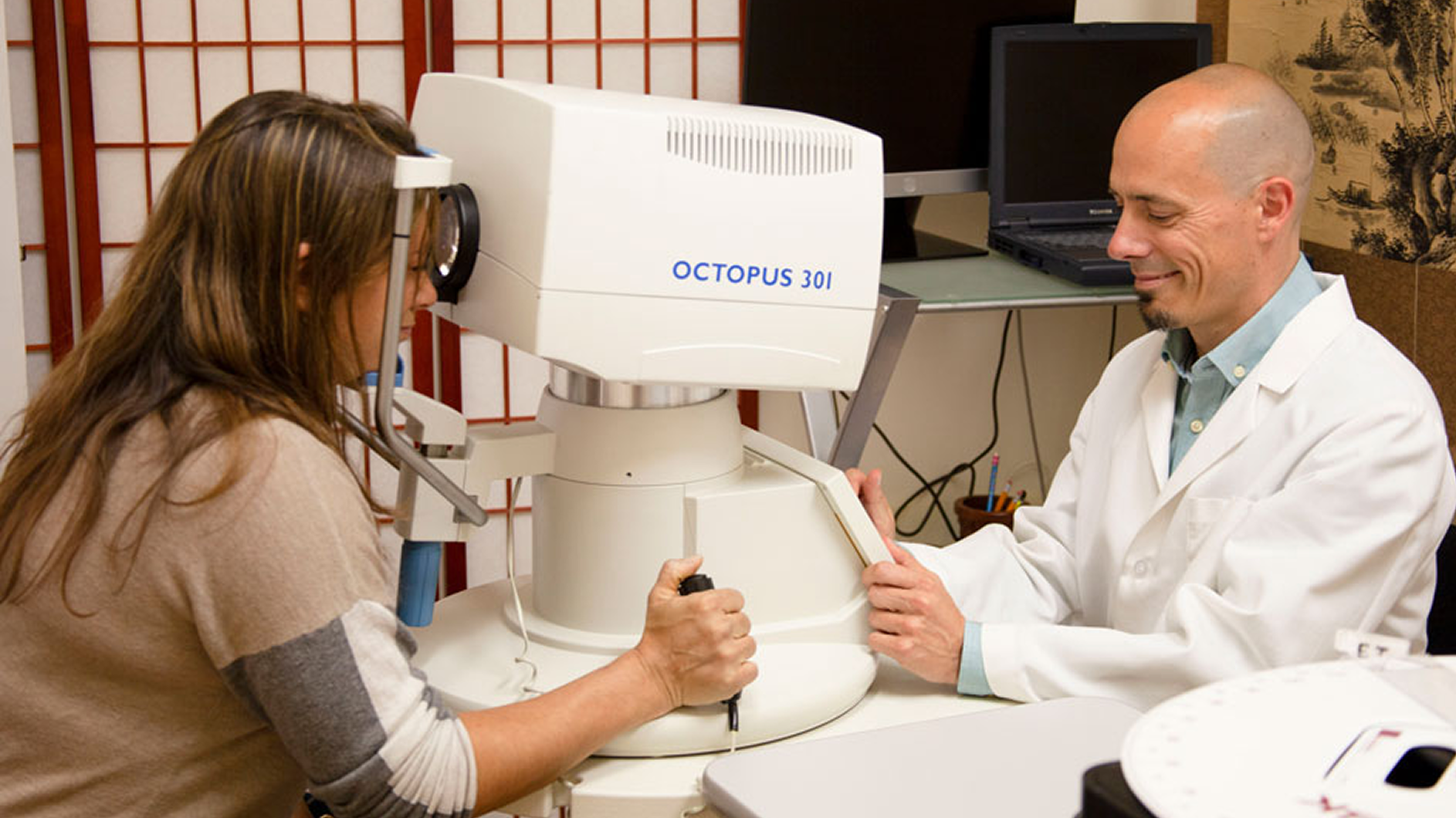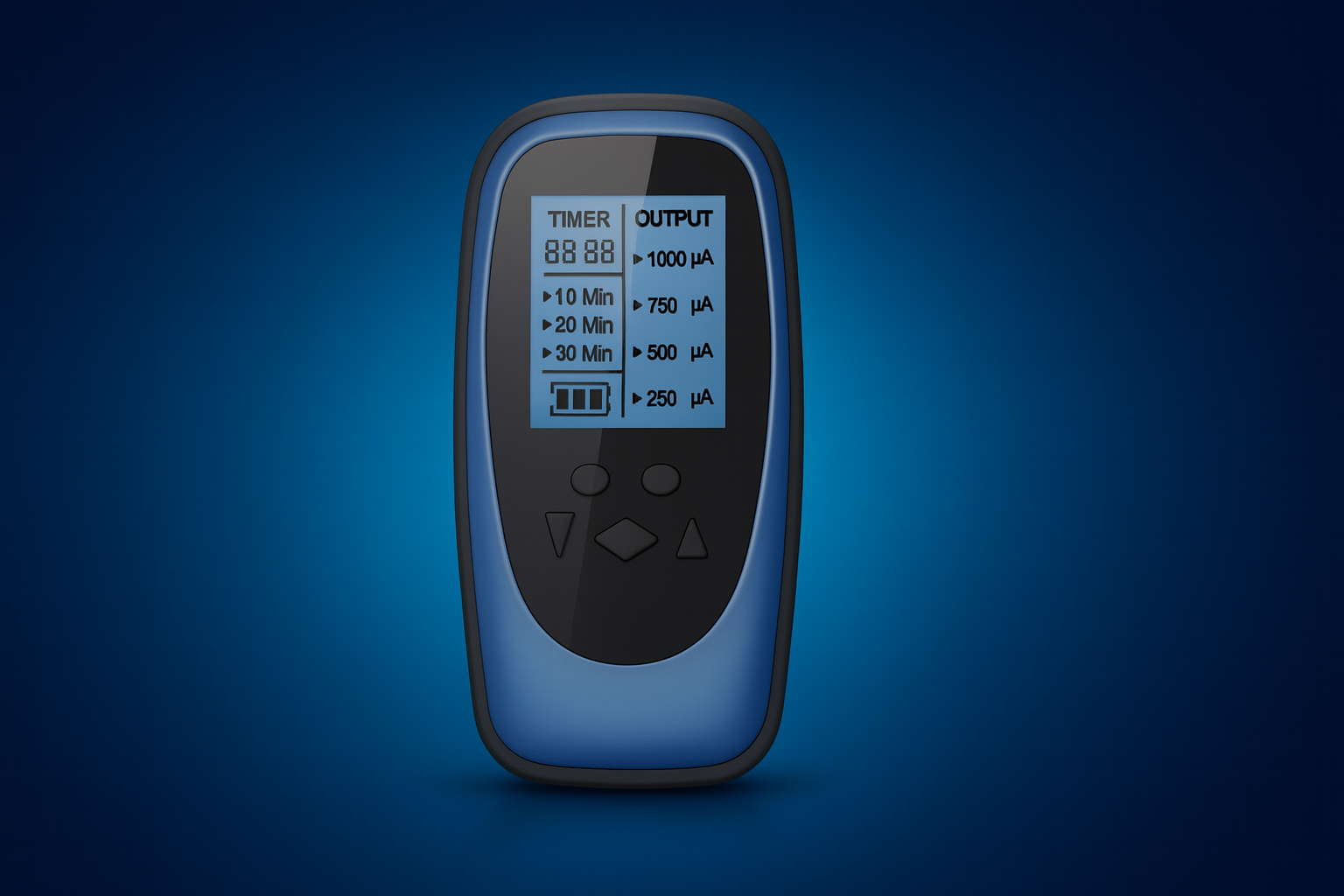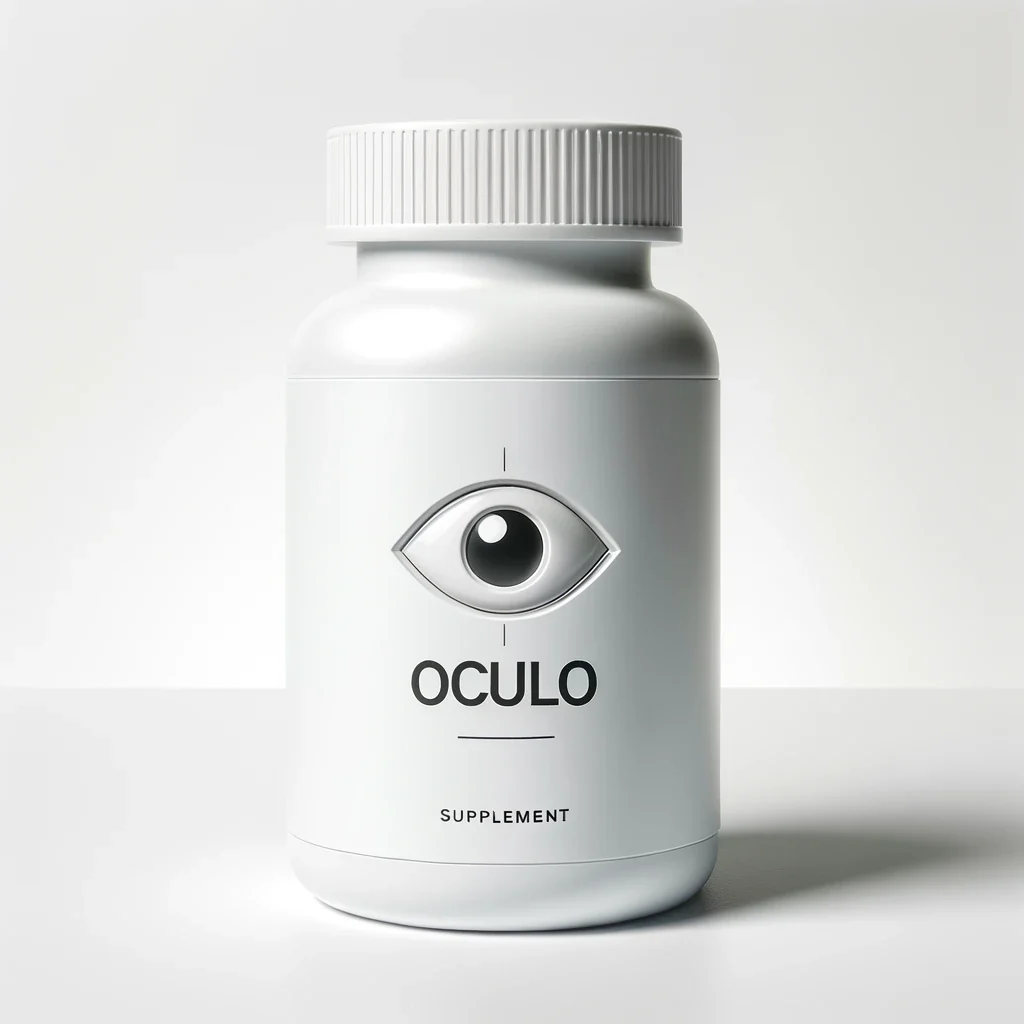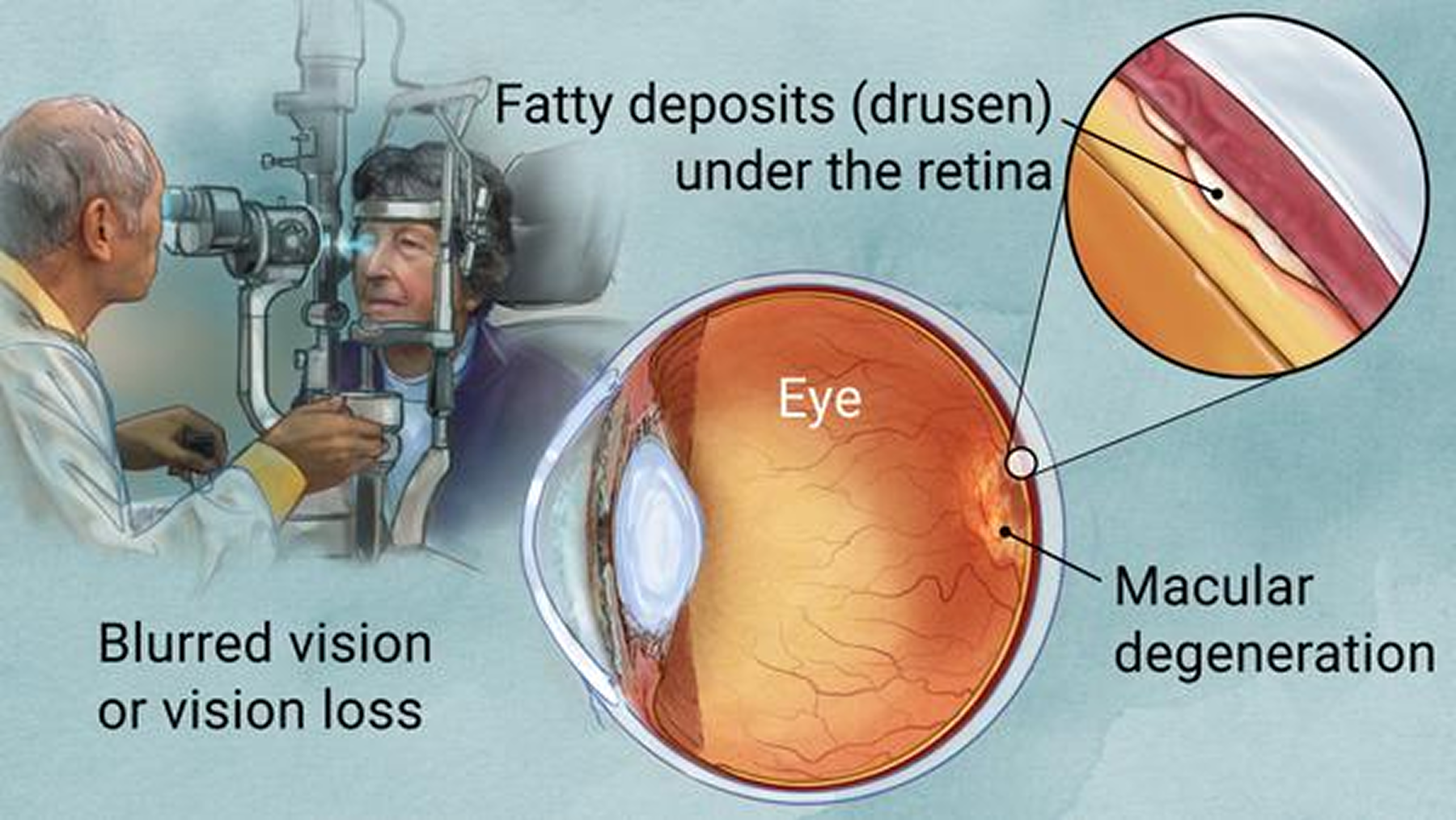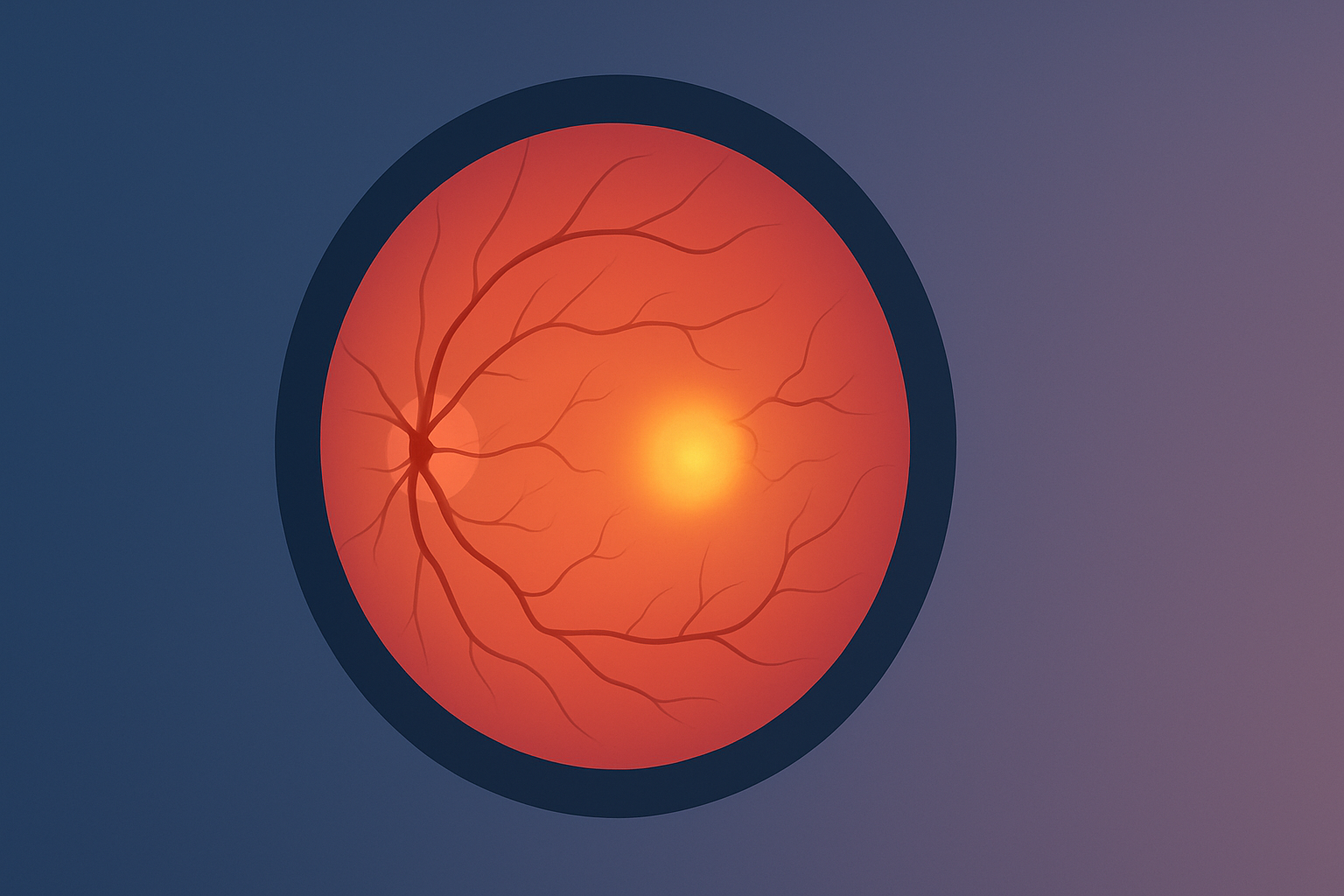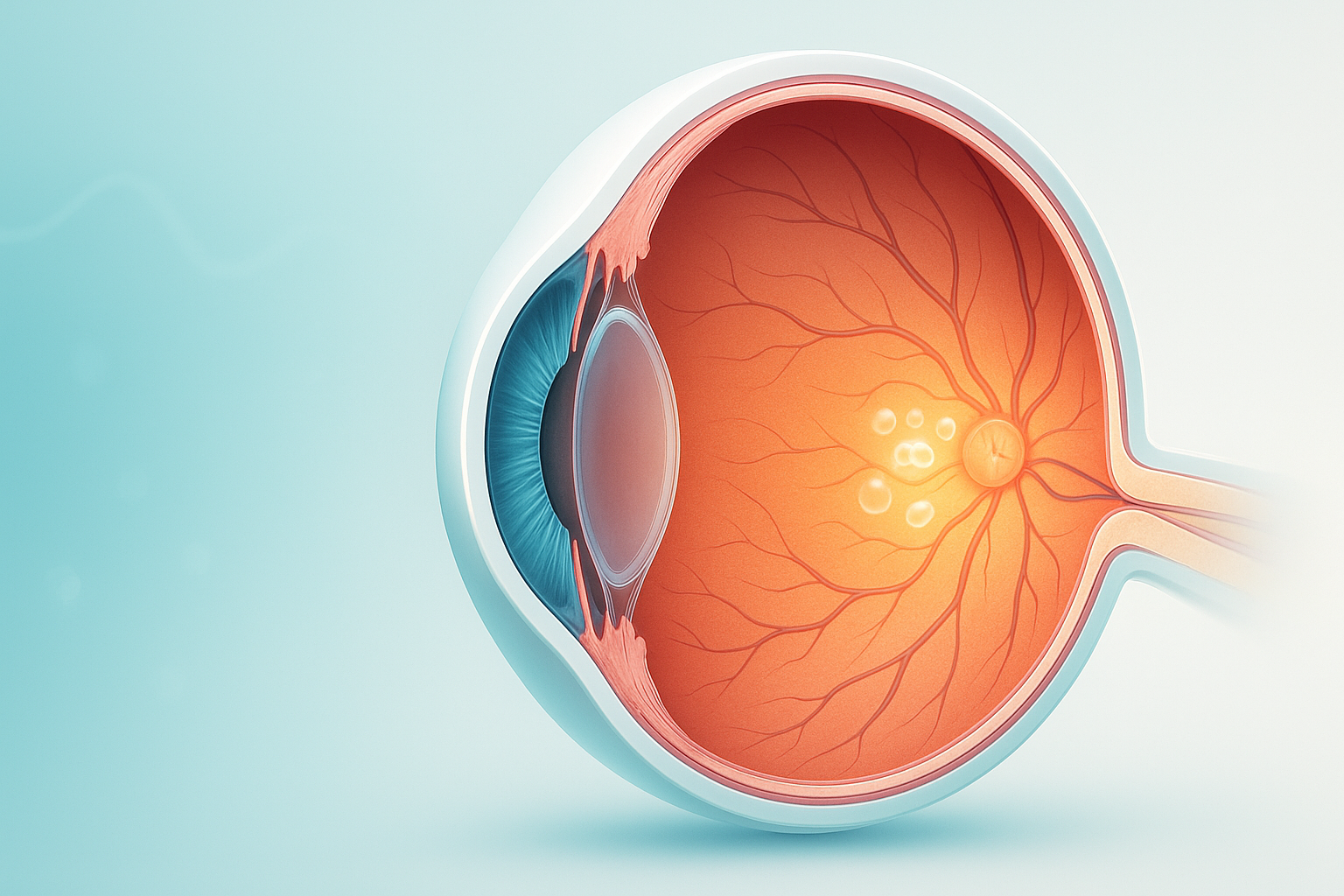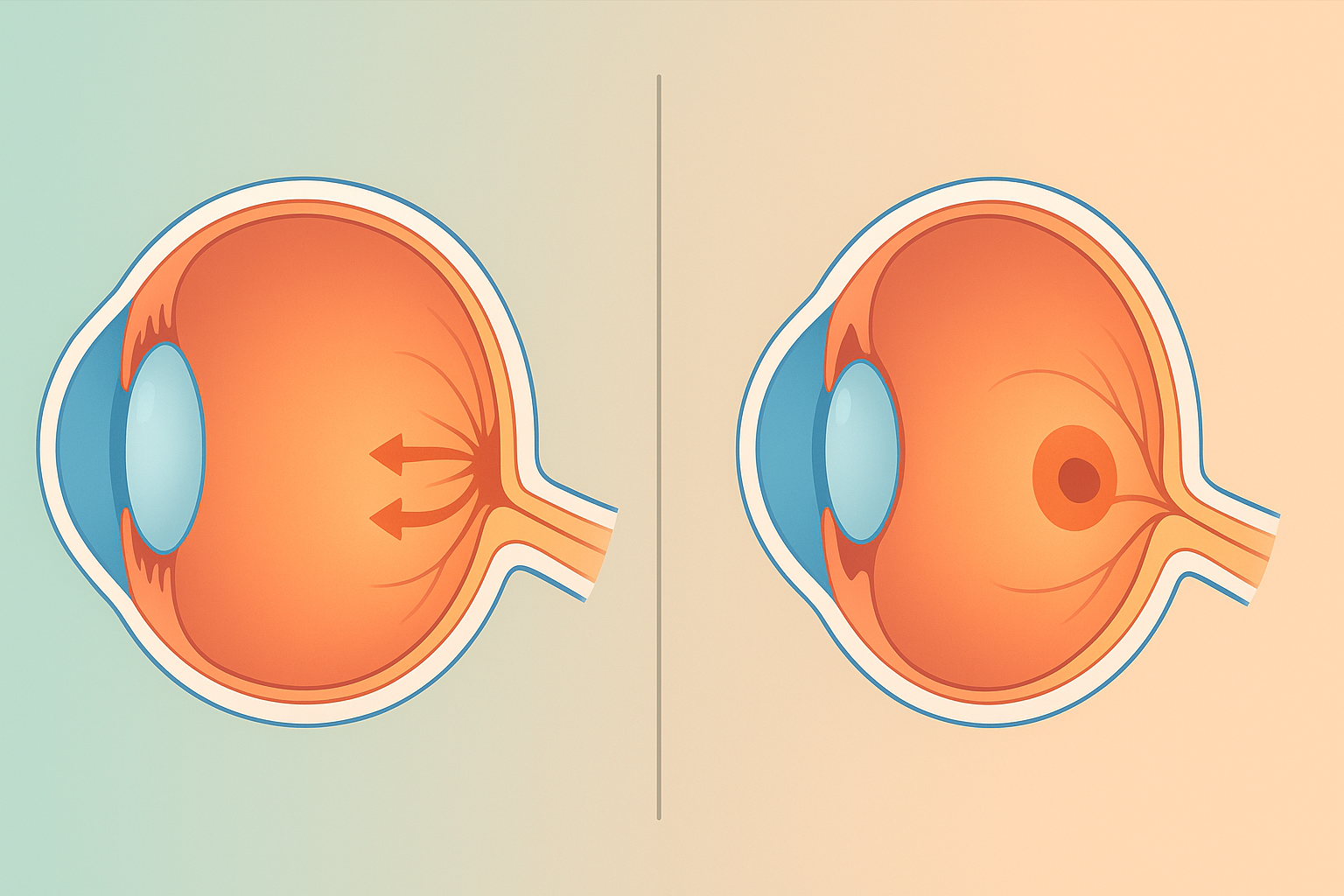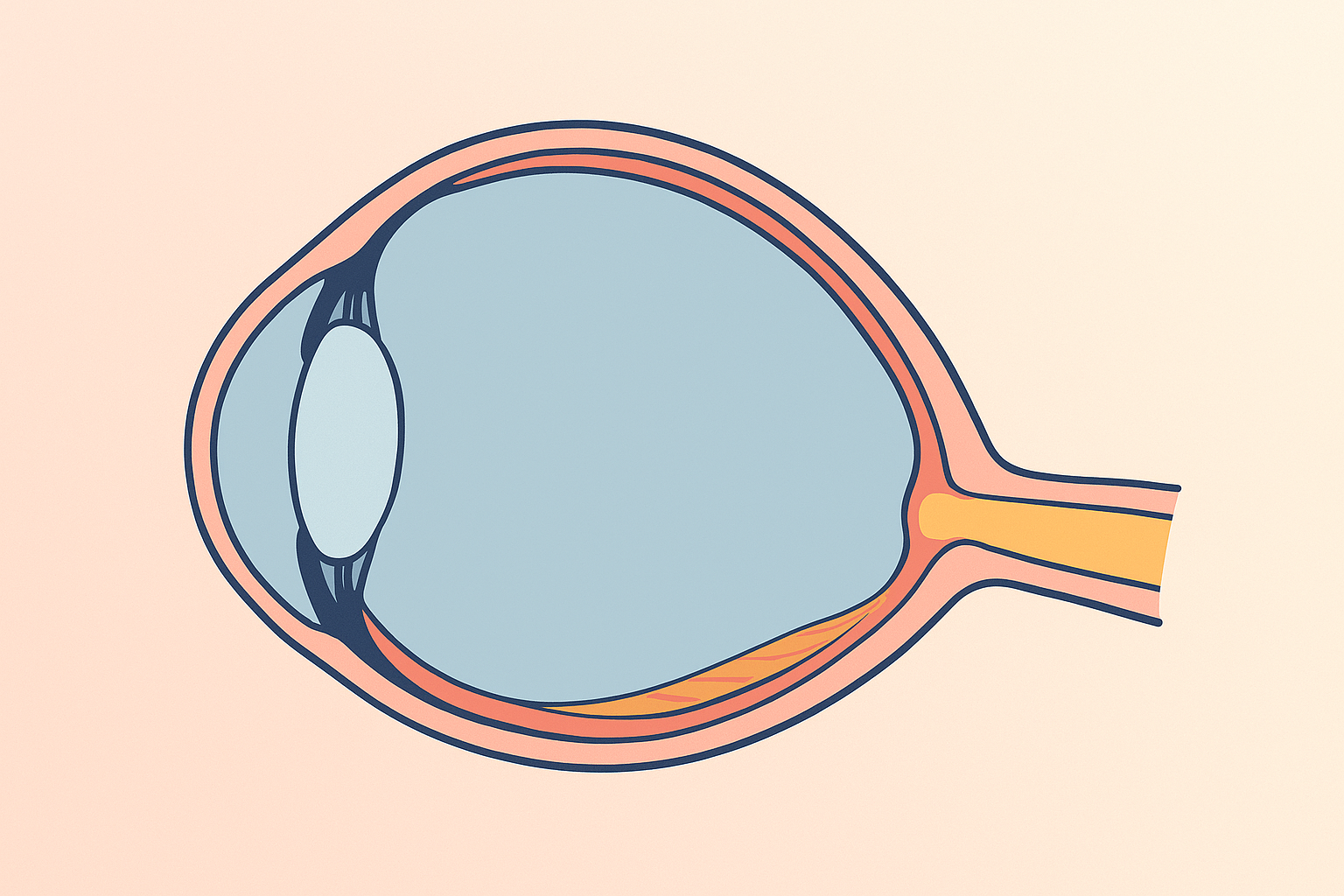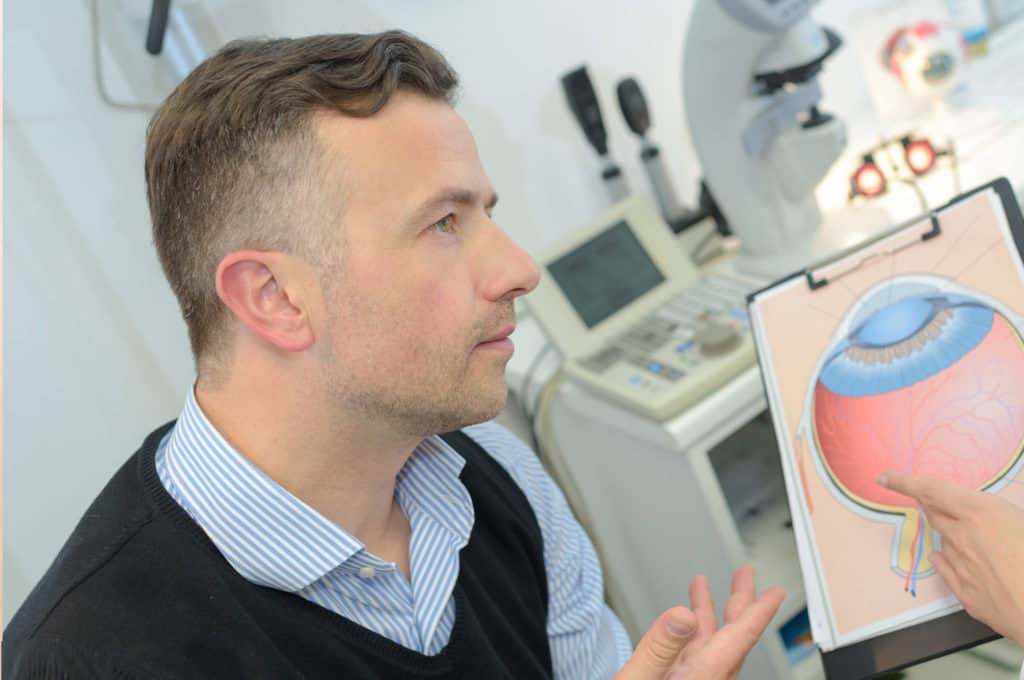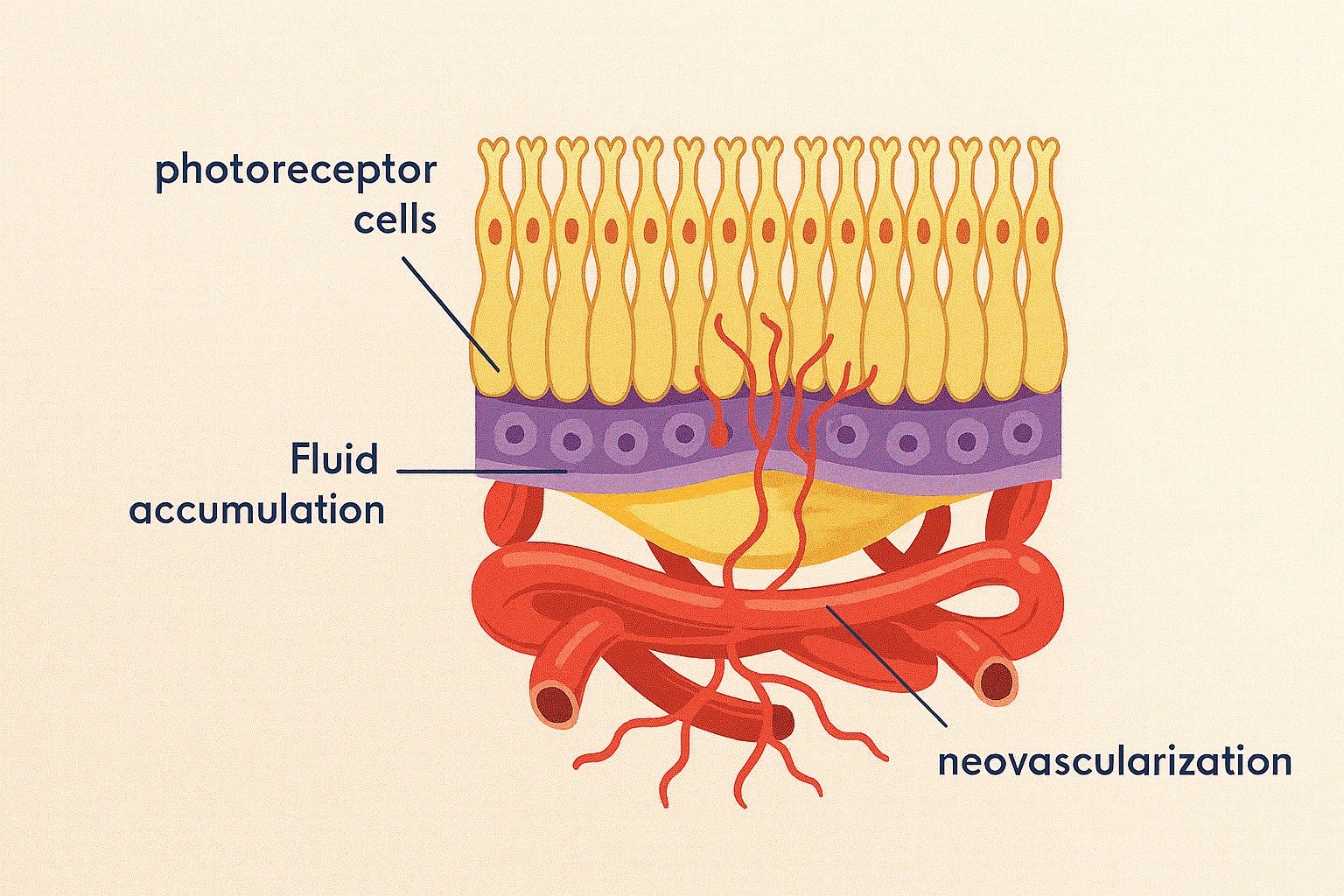Eye Condition
Best's Disease
Best’s disease, also known as Best’s vitelliform macular dystrophy, is a hereditary (usually) form of progressive macular dystrophy.
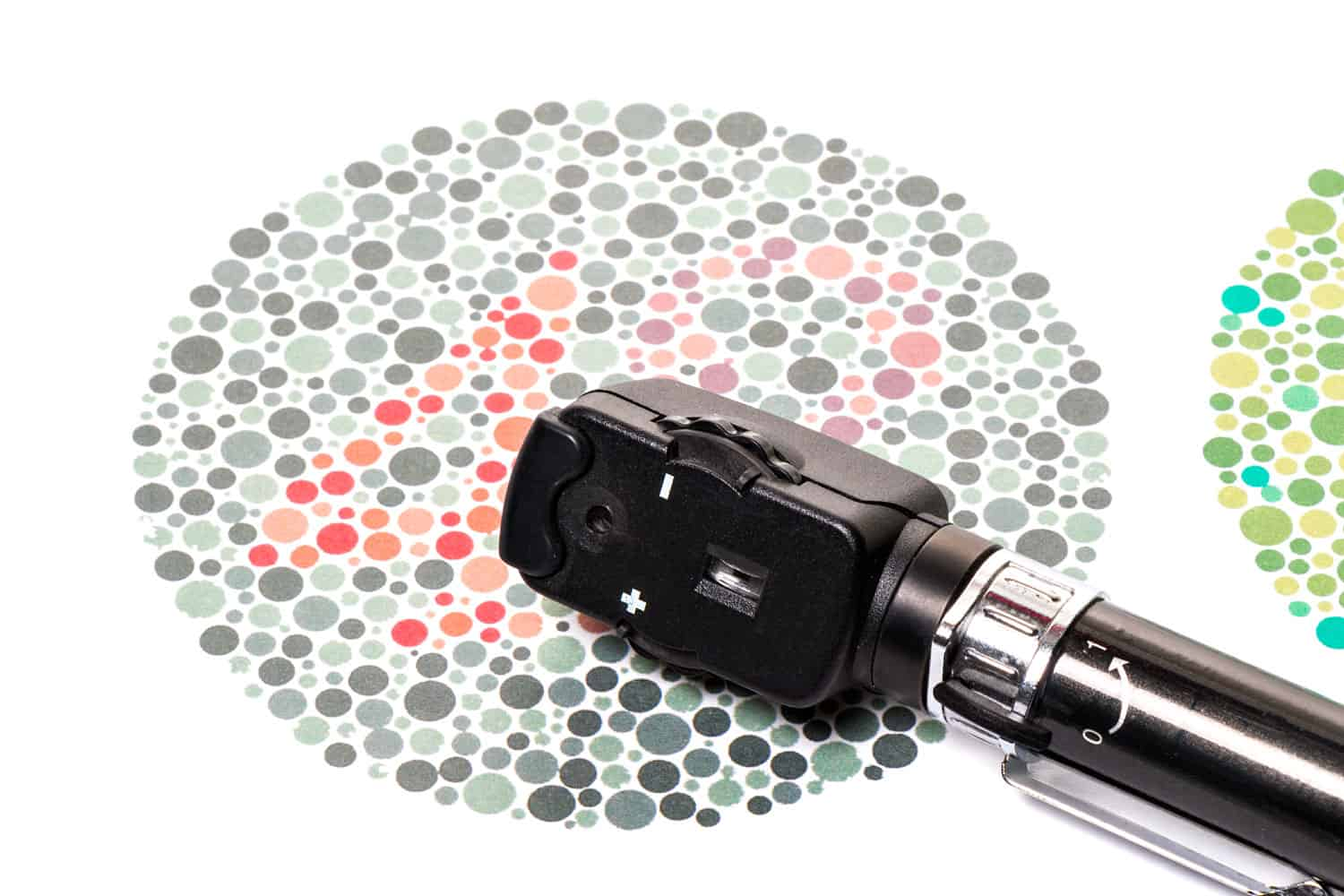
Explore our treatment options for Best's Disease
In a Nutshell
Best’s disease, also known as Best’s vitelliform macular dystrophy, is a hereditary (usually) form of progressive macular dystrophy. The condition can be identified between 3 and 15 years of age.
Self Help & Tips
- Get Vitamins & Supplements to Support the Retina.
- Recommended Homeopathic remedy for retina: Homeopathic Macular Degeneration Pellets Helpful for retinal conditions.
- Daily juicing of organic fruits and vegetables helps provide important nutrition for your eyes.
The five stages of Best’s disease
- Pre vitelliform: Initially a recording of eye movements and eye position identifies abnormal electrical potential. Eyes will be tested resting or moving in dark and light conditions.
- Vitelliform: Usually occurs between 10-25 years of age. Typical yellow spots, sometimes accompanied by material leaking into space by the retina can be observed; an observation called “egg-yolk” lesion.
- Pseudohypopyon: When part of the lesion becomes absorbed, this is identified as stage three. Even at this stage, there may be little effect on vision.
- Vitelliruptive: At this stage, when the “egg-yolk” breaks up in a process referred to as “scrambled egg”, the sight will probably be affected.
- Atrophic: The fifth and final stage is when the condition causes the most severe sight loss.
NOTE: Choroidal neovascularization (and subsequent retinal bleeding) results in about 1 in 5 patients.

